I used to work hard at doing one of these Judging Books by Their Covers posts a week, but I’ve fallen of, and recently realized I’ve been doing more like one (or two) a month since my kid was born back in January. Not only has his arrival changed my ability to do this blog, he’s also changed up my ability to read, and with so much less time—especially long blocks of time—I’ve settled into a pattern of almost exclusively reading science fiction and crime novels. It’s just so much easier to get carried away in 15 minutes by plot-driven page turners. Plus I have always loved genre fiction, and find some of the most interested political ideas and analysis embedded within these books.
Philip K. Dick (1928-1982) was one of the most prolific US science fiction writers. Dick, also known as PKD to his fans, wrote and has had published 44 novels and 121 short stories and must be one of the most read writers of the genre, and one of the most popular outside the often self-marginalizing world of scifi. While he was alive, almost all of PKD’s books were initially (or even exclusively) released in cheap mass market paperback editions. Although you can much more easily find nice, clean trade paperbacks now, it just feels right to read his books in their original pocket size, just like the ones I bought at used book shops when I was in middle school and high school. I even still have a couple of those original copies I got as a kid, including my much loved and well-read edition of one of PKD’s last—and trippiest—novels, VALIS. I wish I had kept all of them, I had a copy of The Penultimate Truth with a great cover that I’ve never seen again!
PKD is most well know for his novels and stories that have been turned into films, and now TV shows. The most well known is Blade Runner, based on the novel Do Androids Dream of Electric Sheep?, and more recently for the TV adaptation of Man in the High Castle. I’ve always found it best to keep the two worlds separate, enjoy the films and shows for what they are, and not even try to compare them to the source material. I really like Blade Runner in its own right, but not when I’m forced to compare it to the novel, which I find so much stranger and richer.
Dick’s writing can quickly veer from sloppy and scrappy chunks that feel almost stream of consciousness to intense examinations of reality, the spectacle, corporate control, and governments out of control. He explored these themes his entire life, but they all come to head in the late 1970s when he begins to lose his sanity and he churns out a set of semi-autobiographical novels based on a series of intense, meth-addled religious experiences. Basically, he’s struck by a pink beam from outer space which awakens him to the reality that human life is a performative game created by a higher species he called VALIS, the Vast Active Living Intelligence System. Radio Free Albumeth, VALIS, and Divine Invasion all circulate around variations of this idea.
Rather than do my usual play-by-play for each cover, I’m just going to let these thirty covers ride. There are likely 200+ PKD mass market covers, so this is just a very small sampling I’ve picked up over the years of book collecting. They’re here roughly in the order the actual novels were released—not written, nor the publishing date of the actual editions here. [You can find full and annotated PKD bibliography HERE.] Solar Lottery was PKD’s first published novel, and the edition above is not the first, but an early one, and then below is one of the last mass market editions, from 1990. Then at the bottom are some really nice covers for his later novels, including great DAW editions of Flow My Tears, the Policeman Said and A Scanner Darkly. There are some awesome covers here (Clans of the Alphine Moon, both editions of Counter Clock World, and one of the holy grails of PKD mass markets, the first edition of Do Androids Dream of Electric Sheep?) and I’ve tried to credit artists whenever possible—but sci-fi publishers are somewhat notorious for not properly crediting.
If you’re into this stuff, check out my other posts about science fiction covers — 223:The Art of Leo & Dianne Dillon on Ace Science Fiction Specials; 175: UK Science Fiction Book Club covers of the 60s and 70s; 173/174: The covers of Zamyatin’s We; 176: Abstraction and sci-fi cover design; and 137: Sci-fi covers that engage with contemporary political themes.
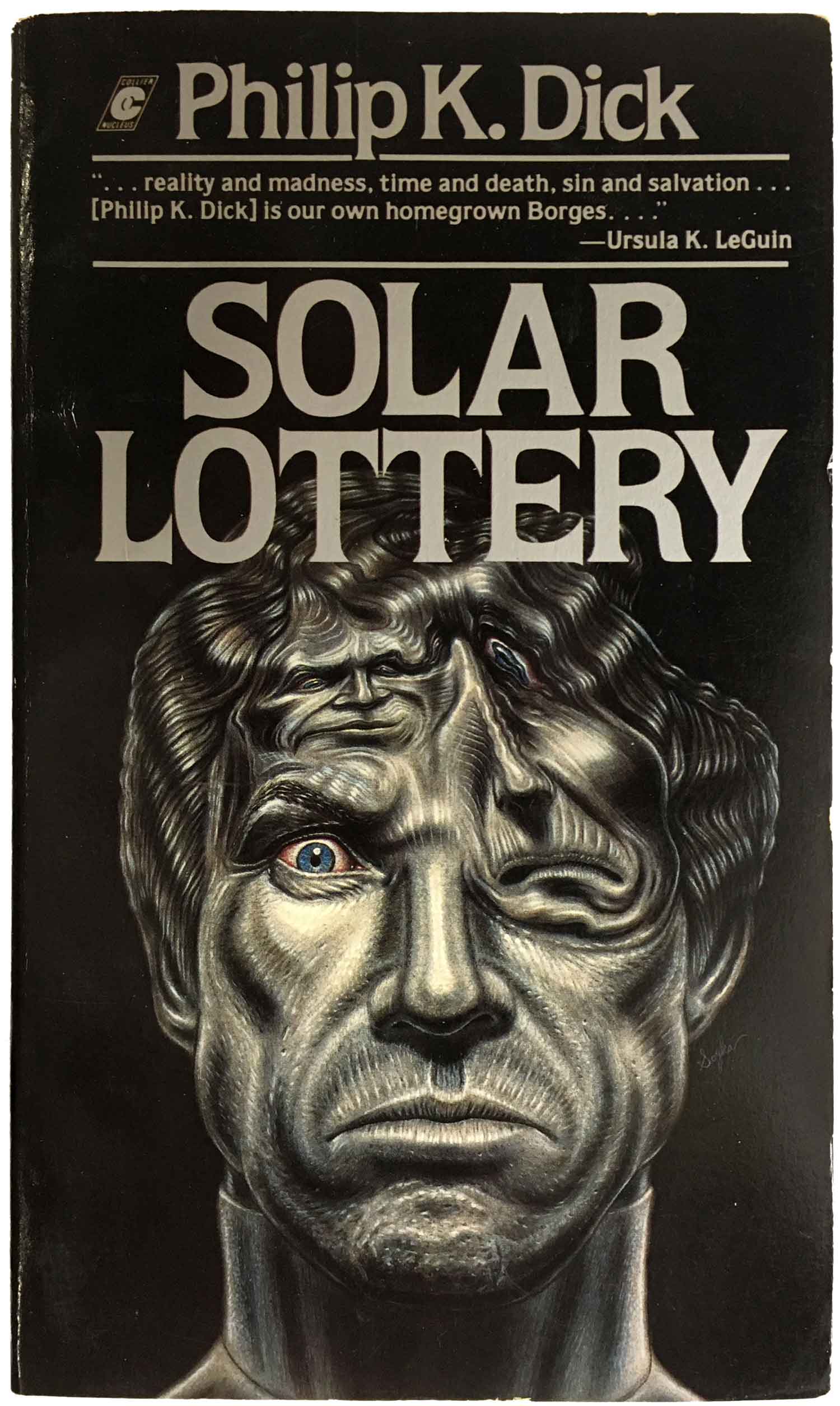
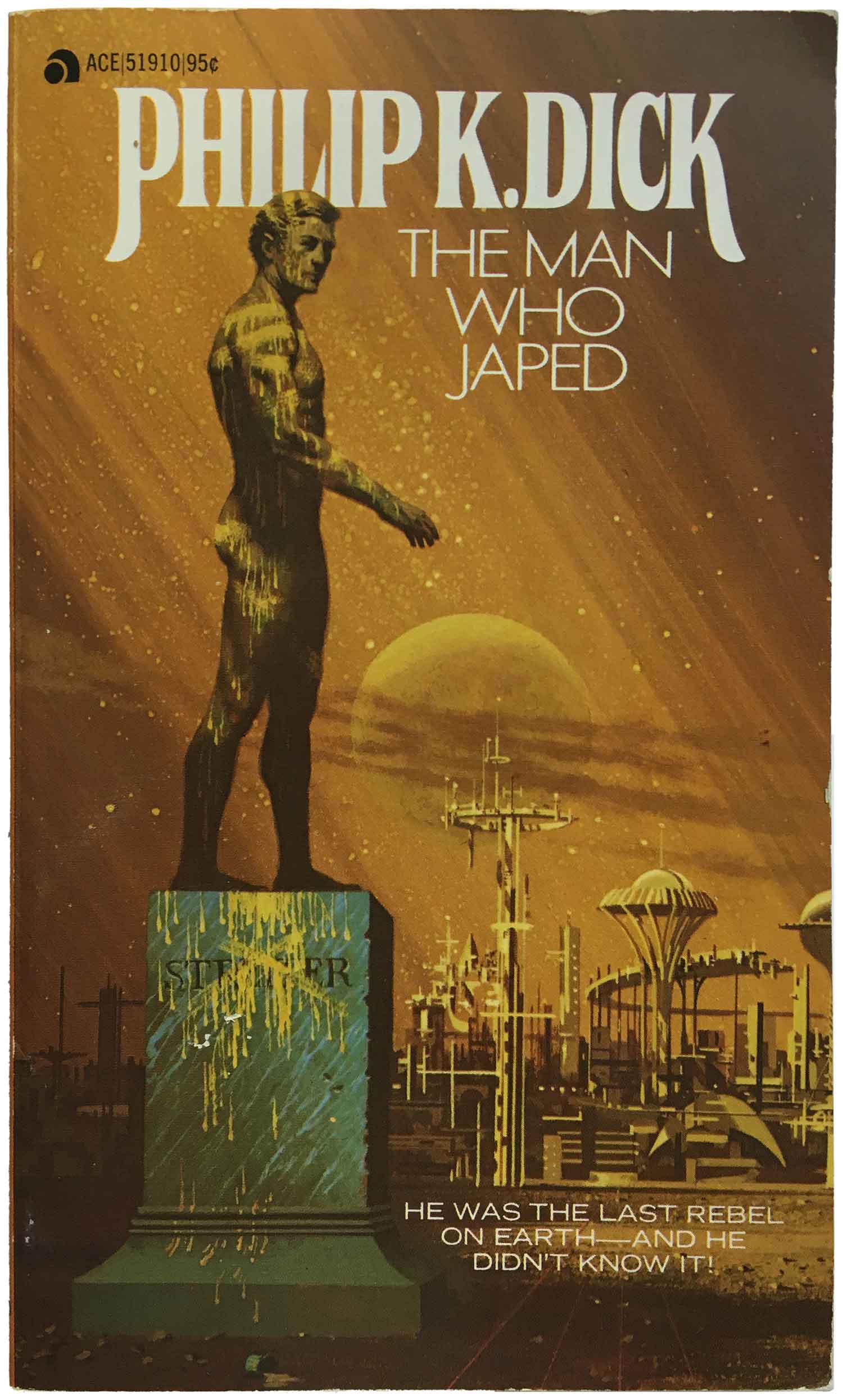


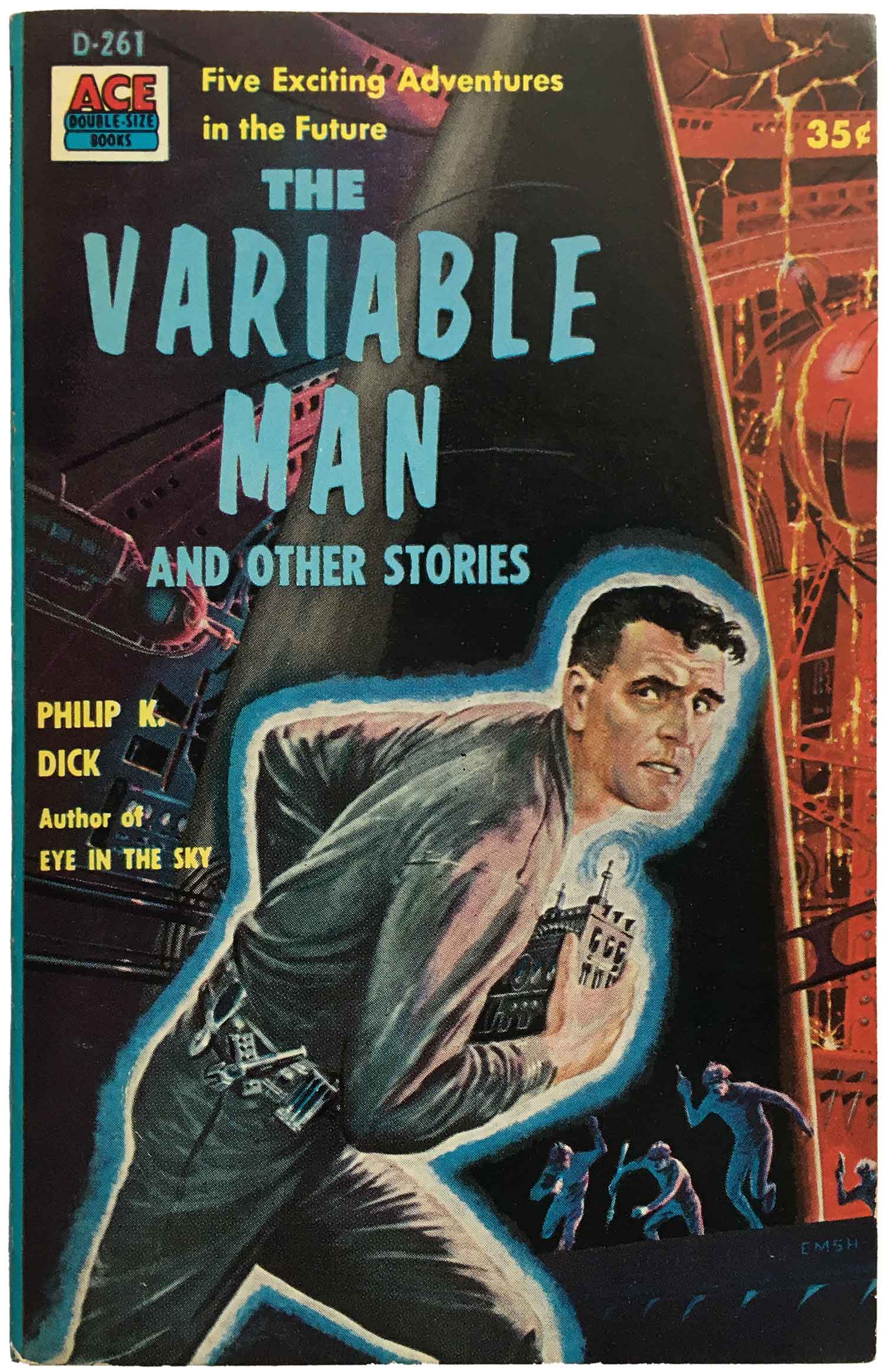

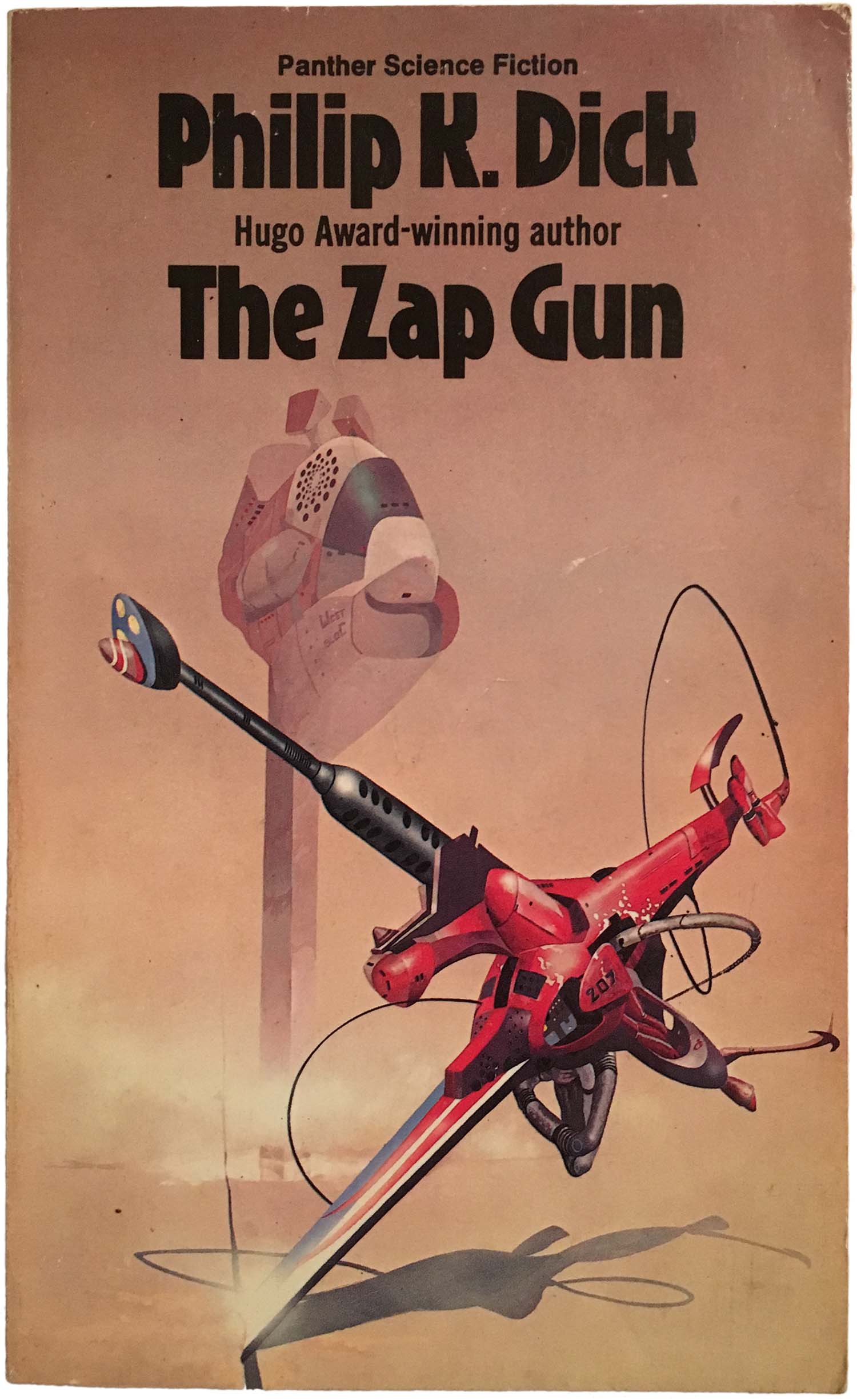



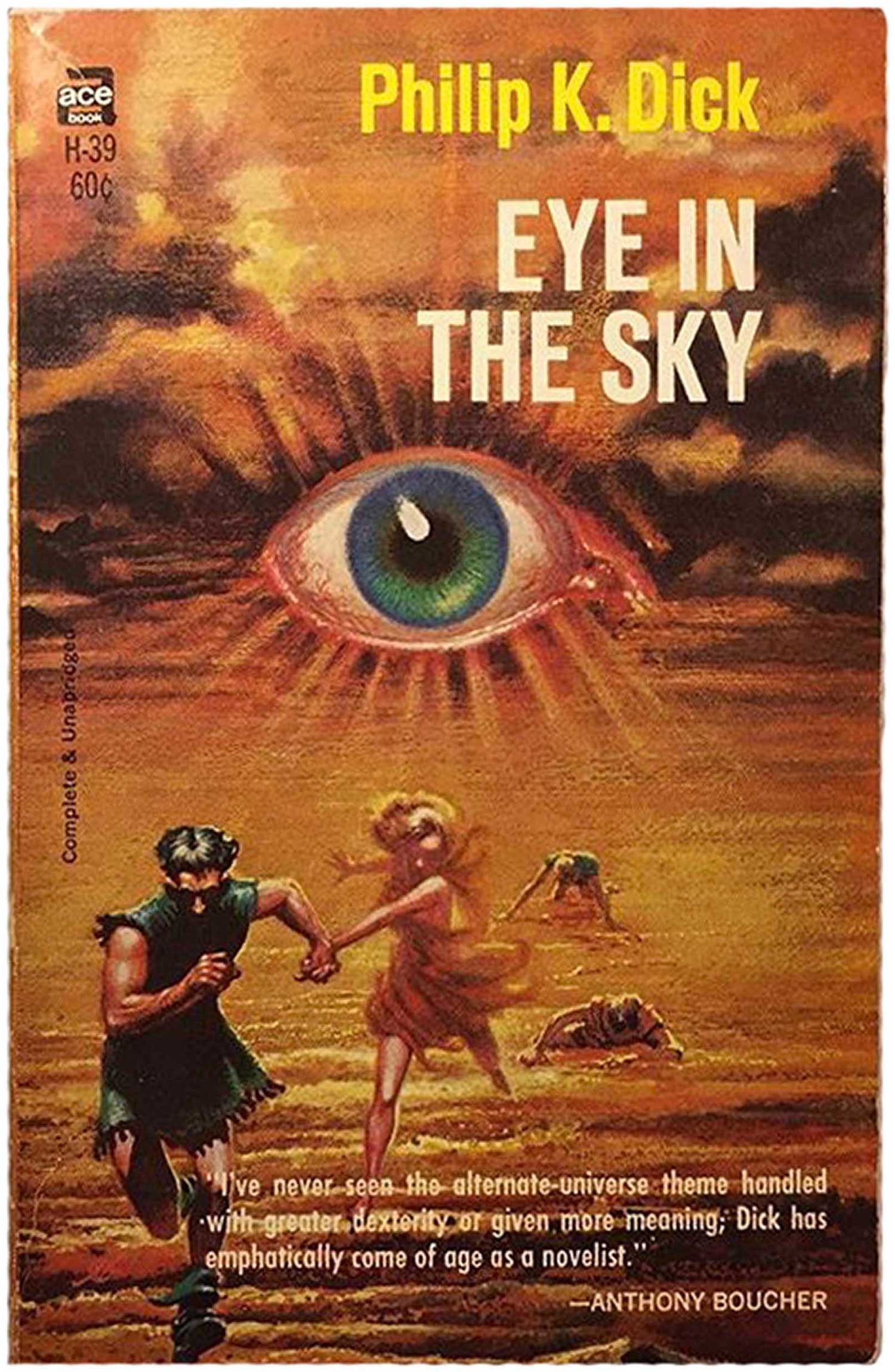
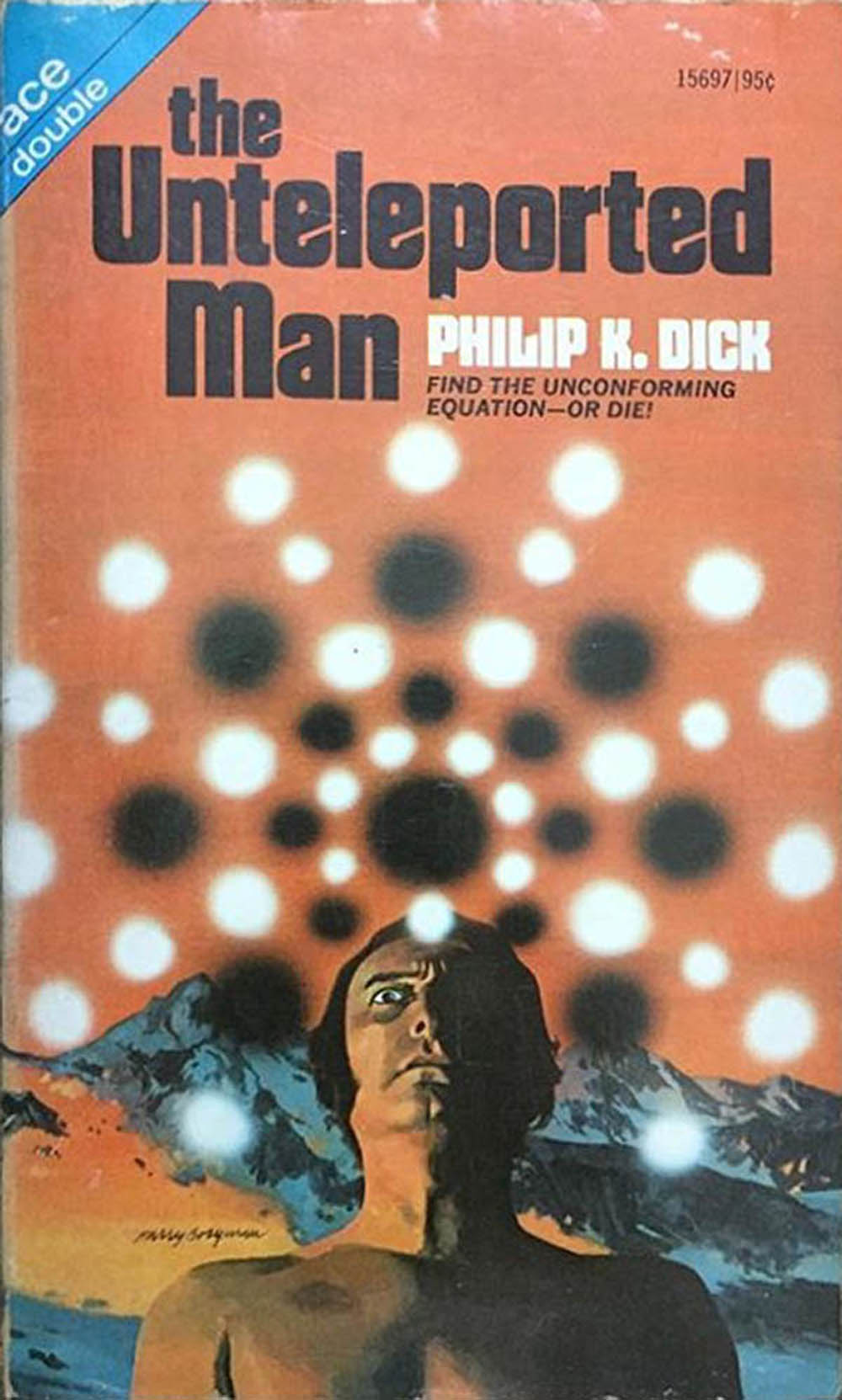

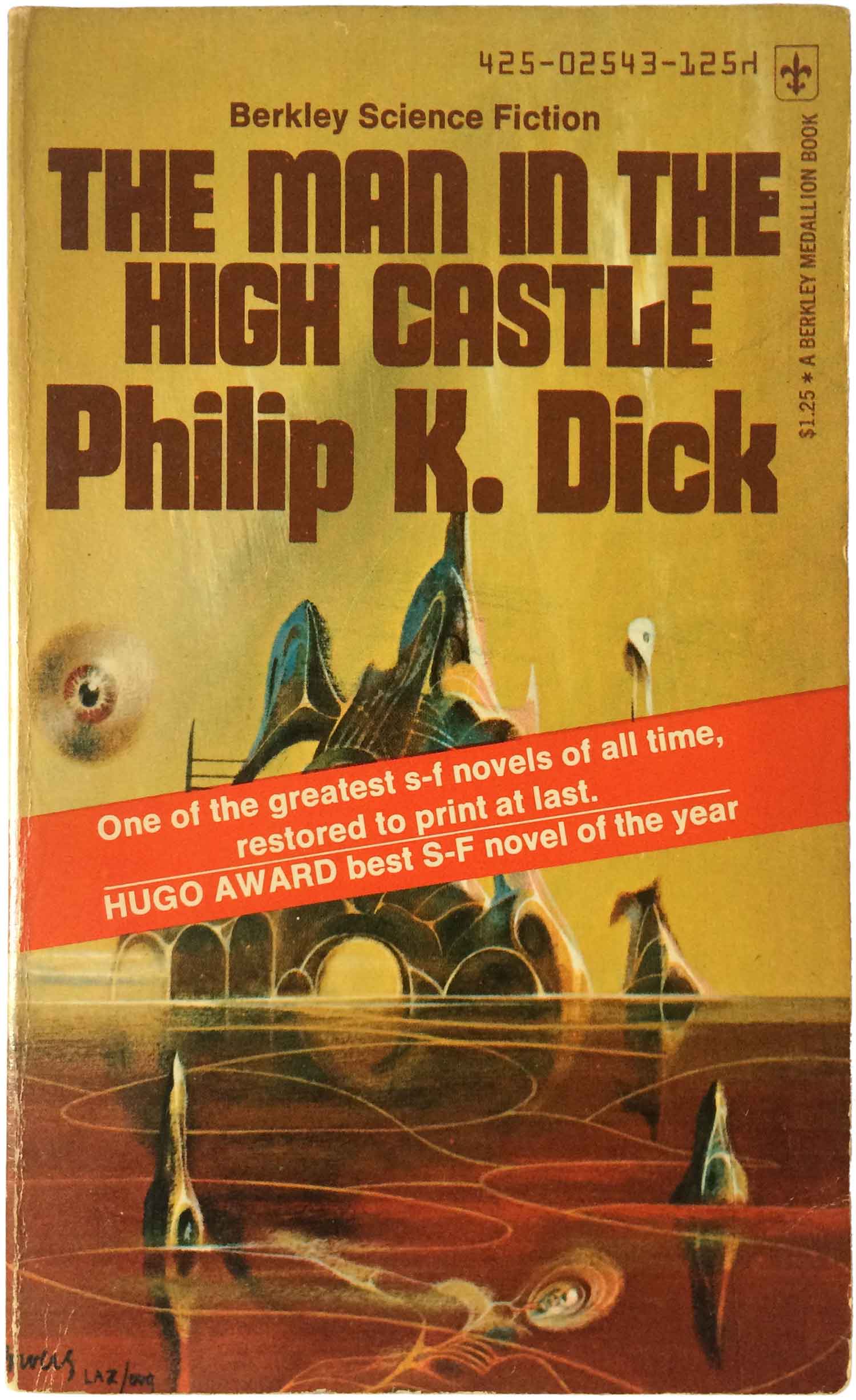

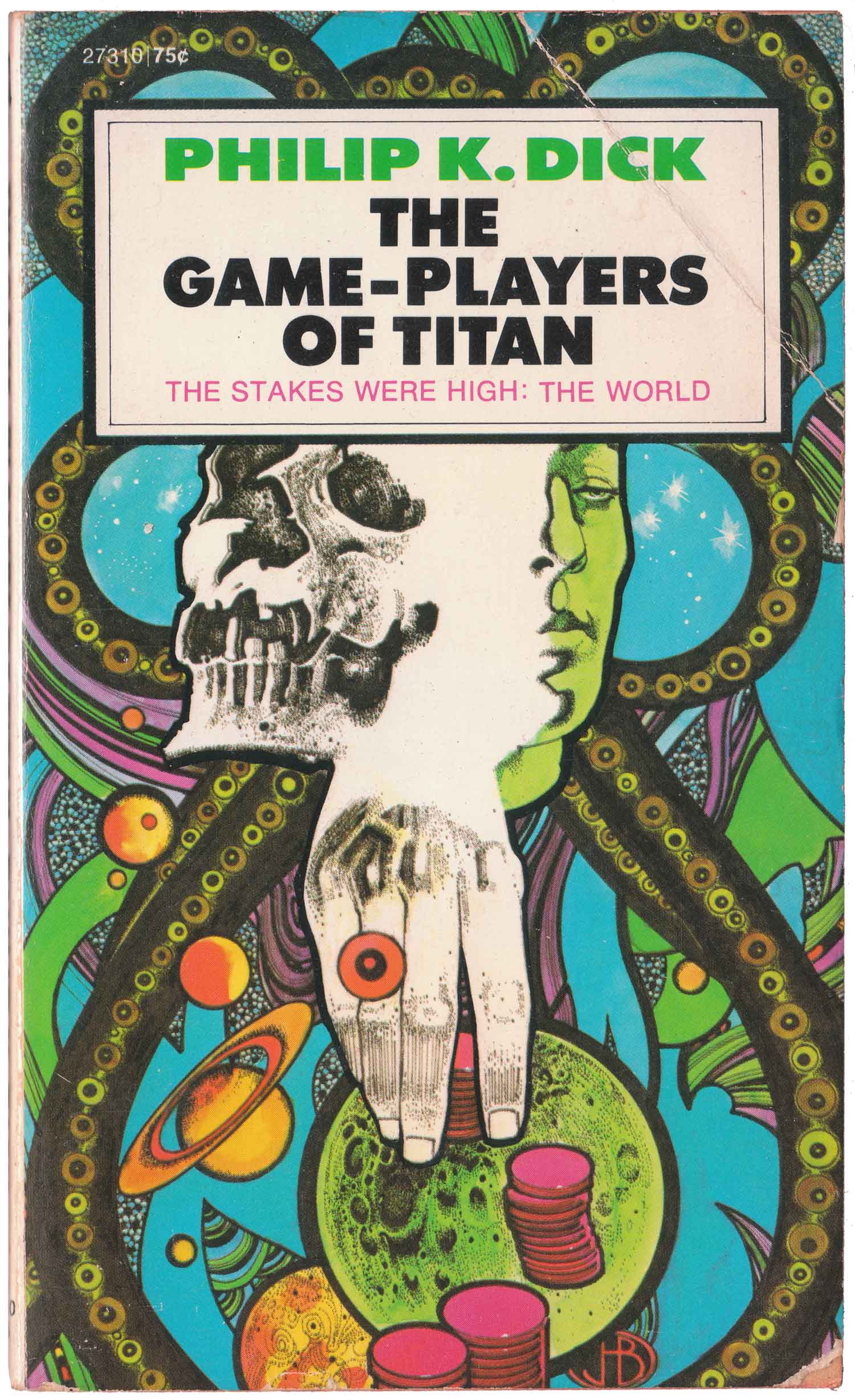

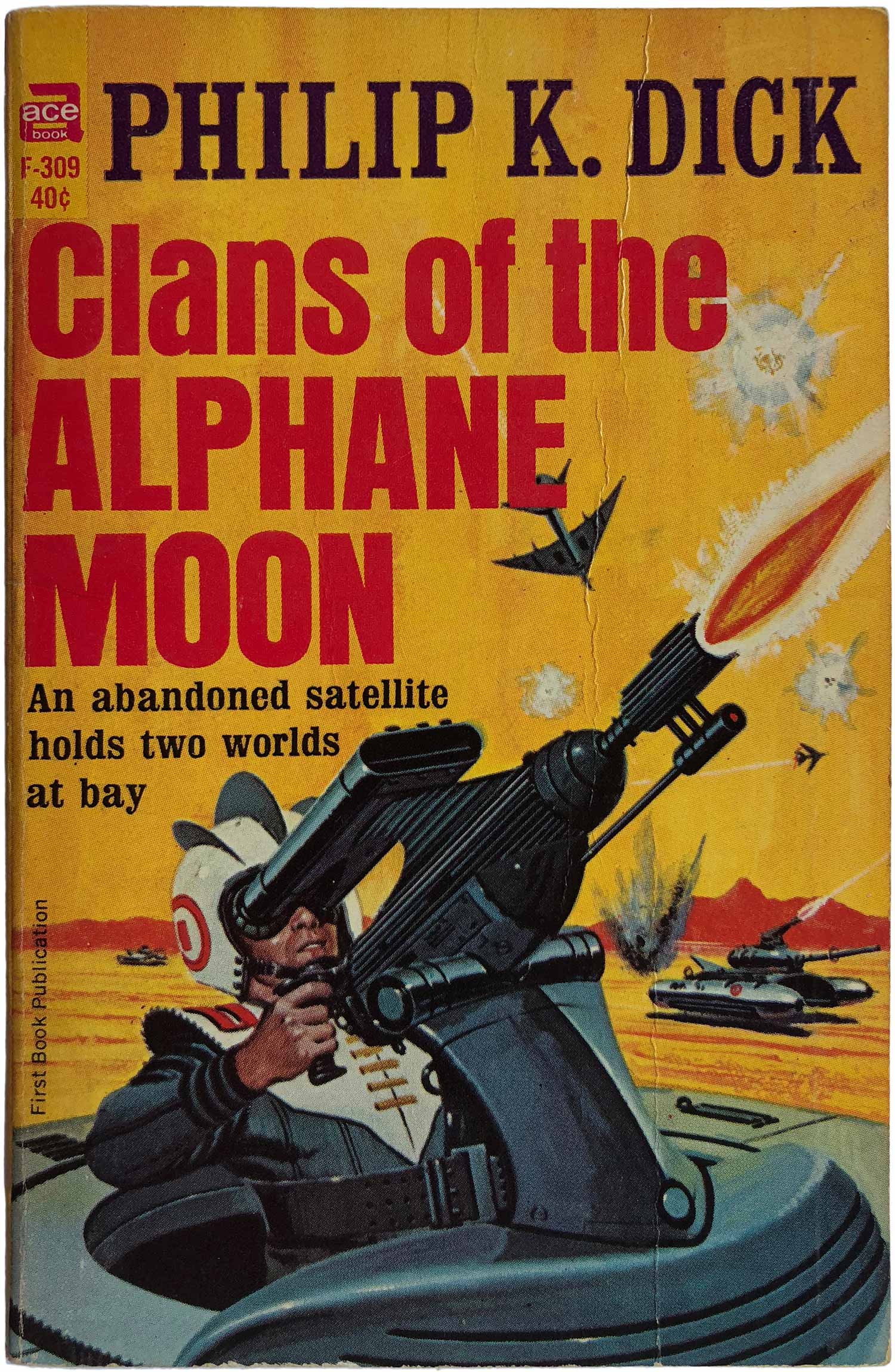
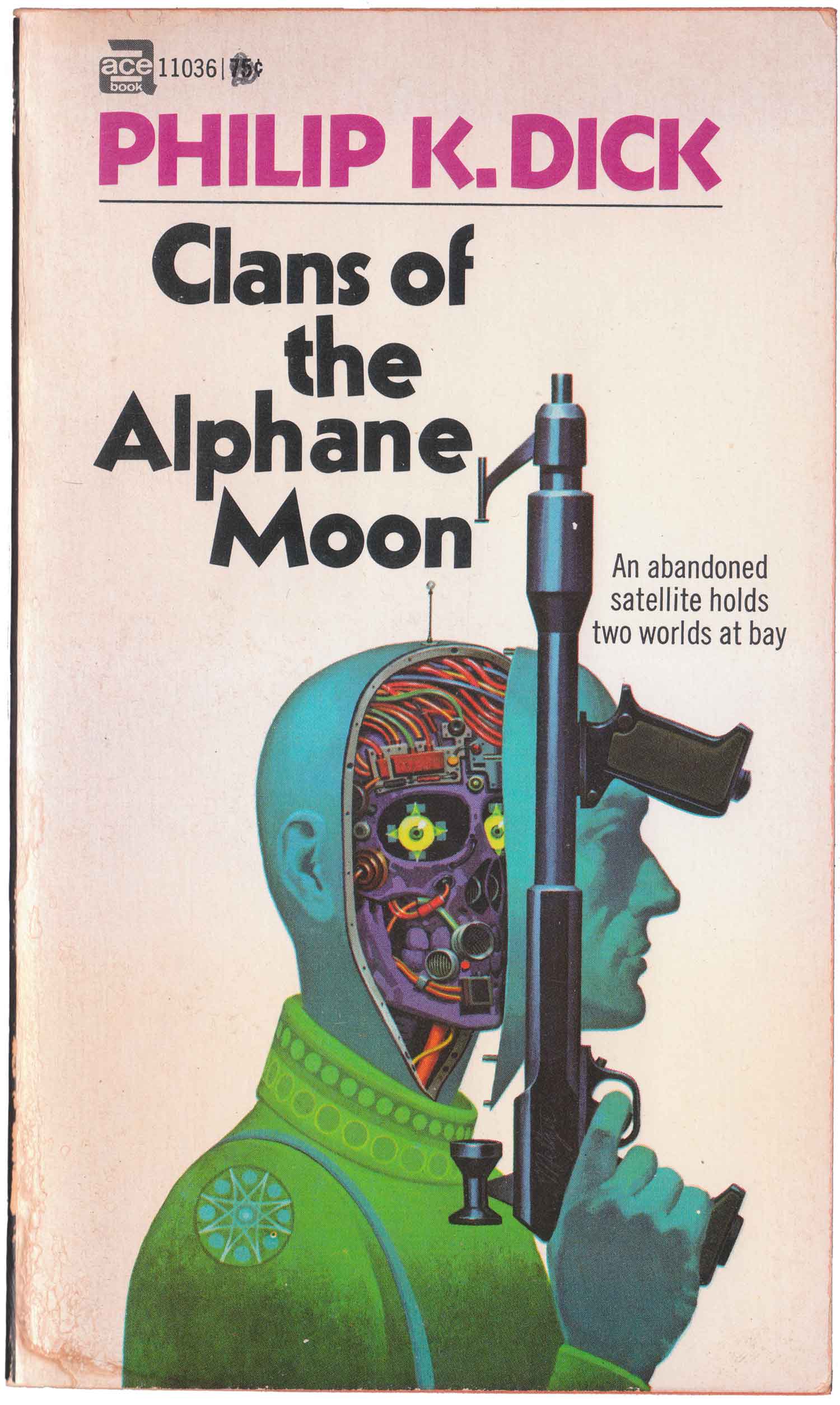

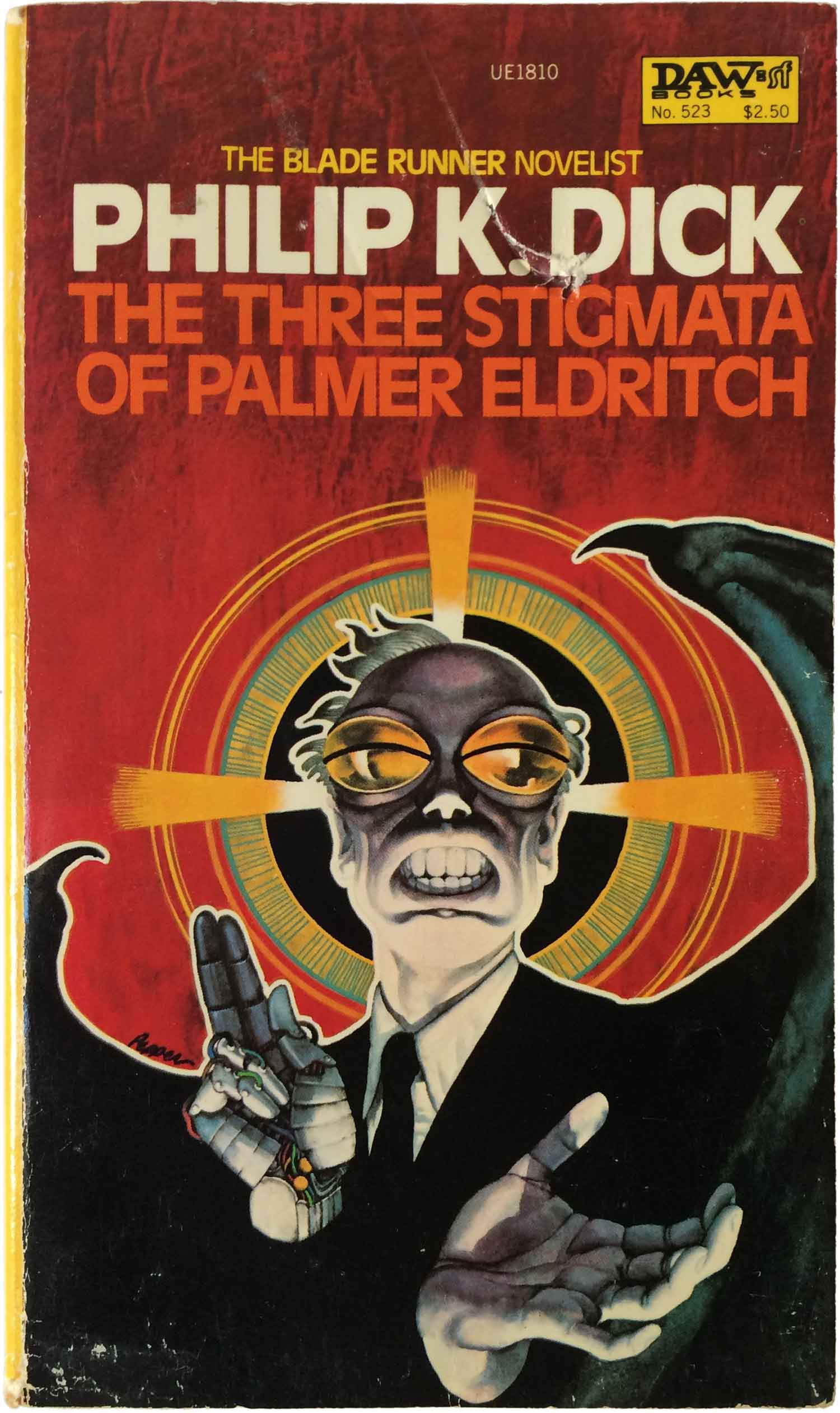
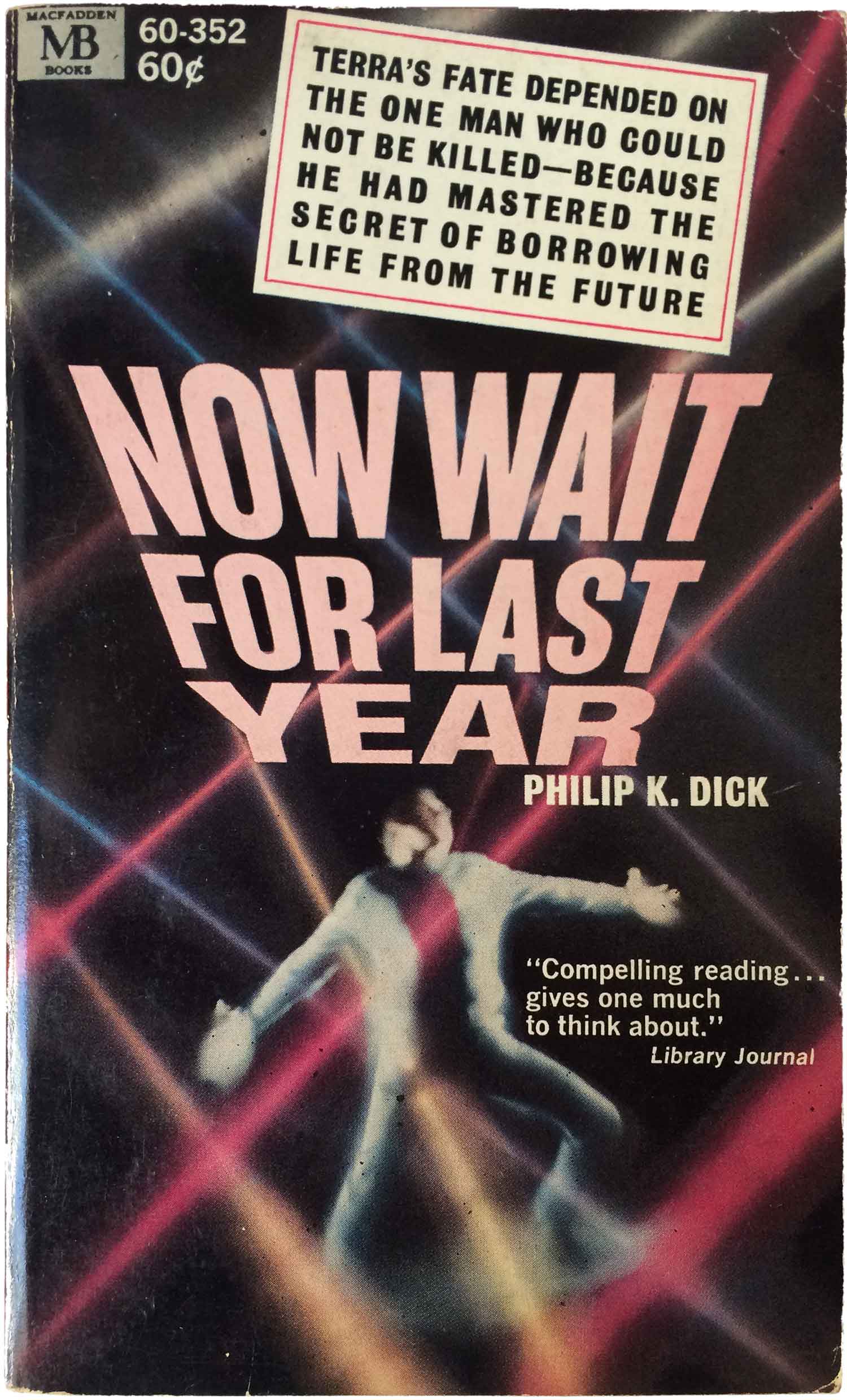


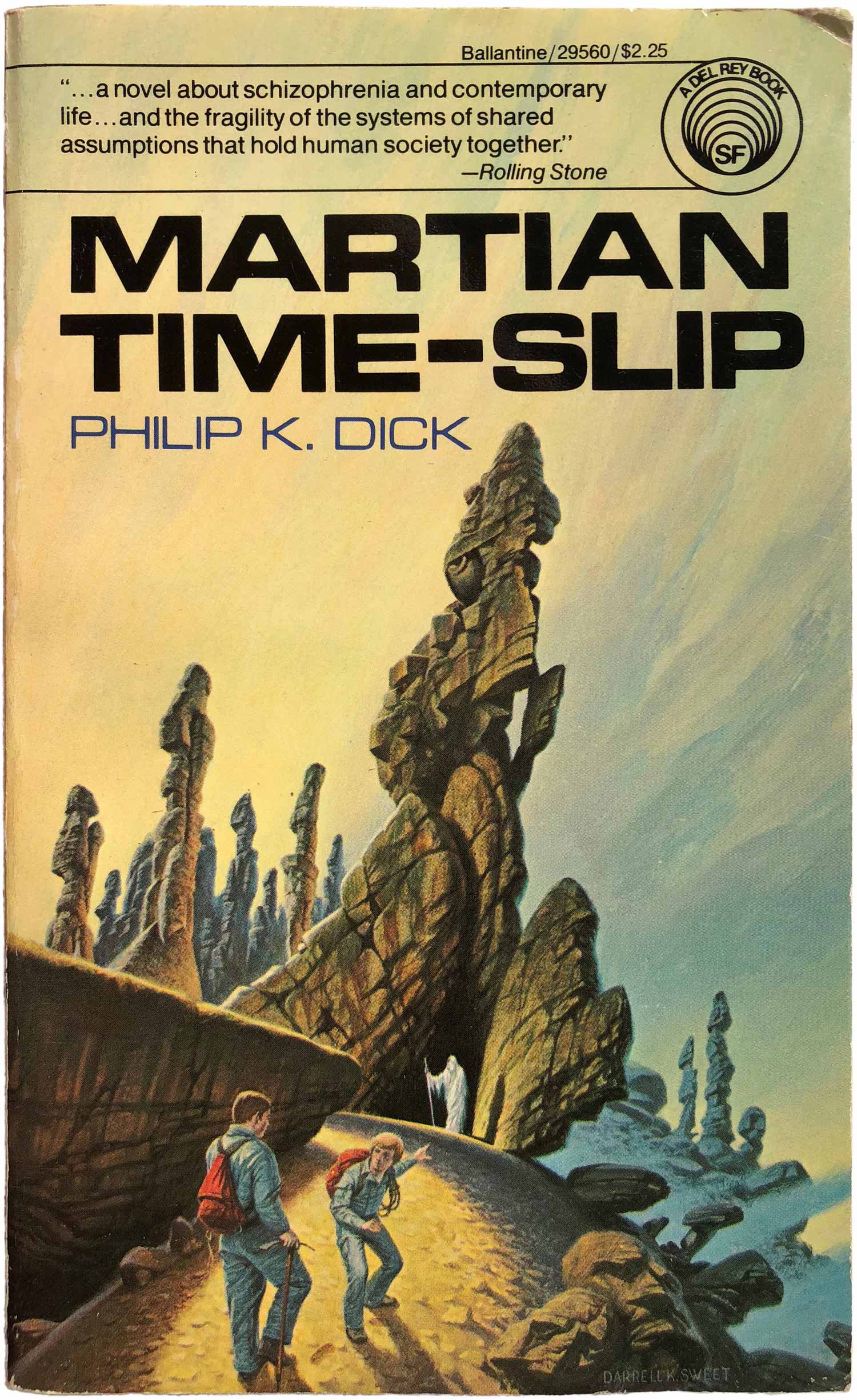
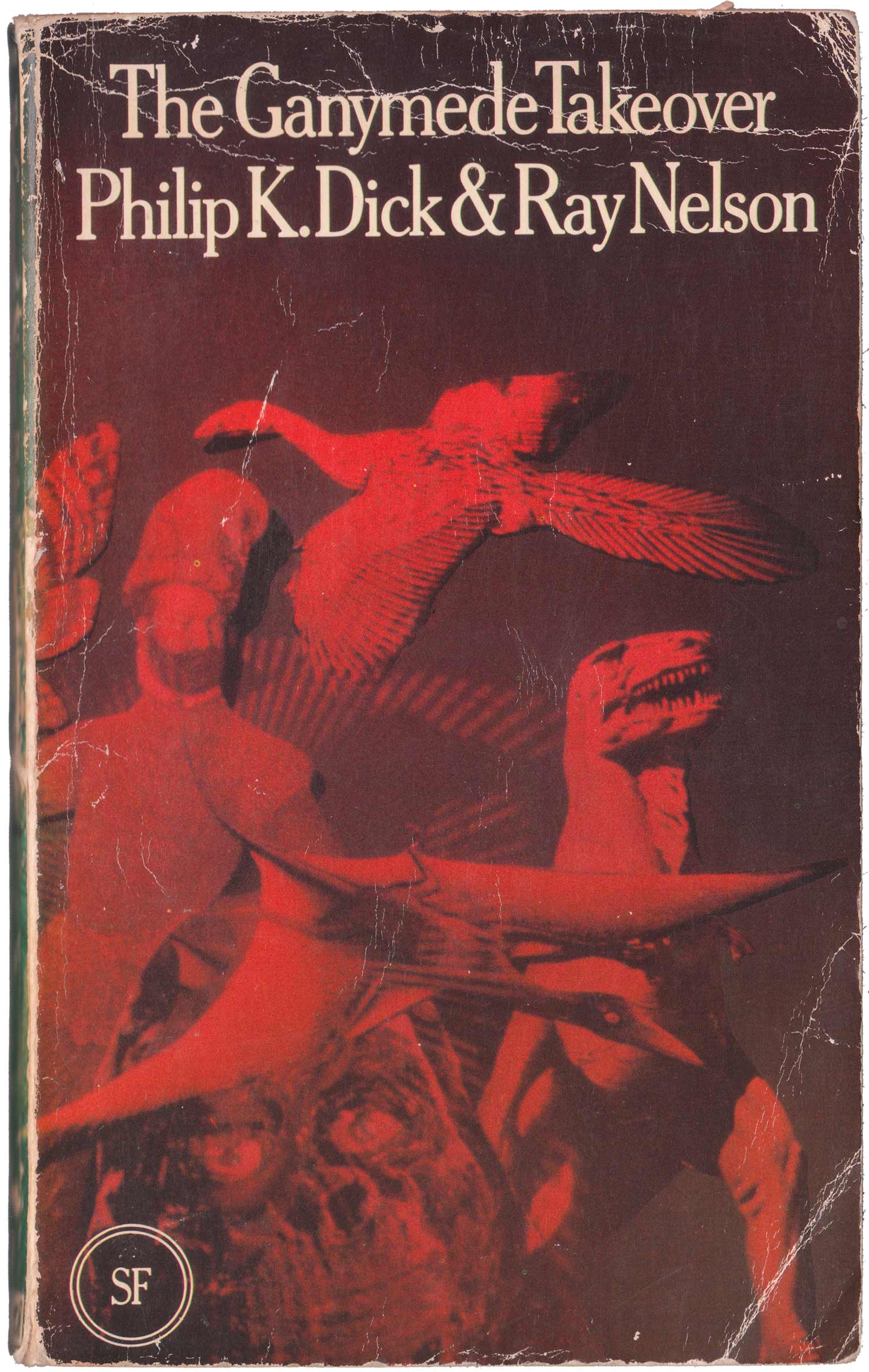
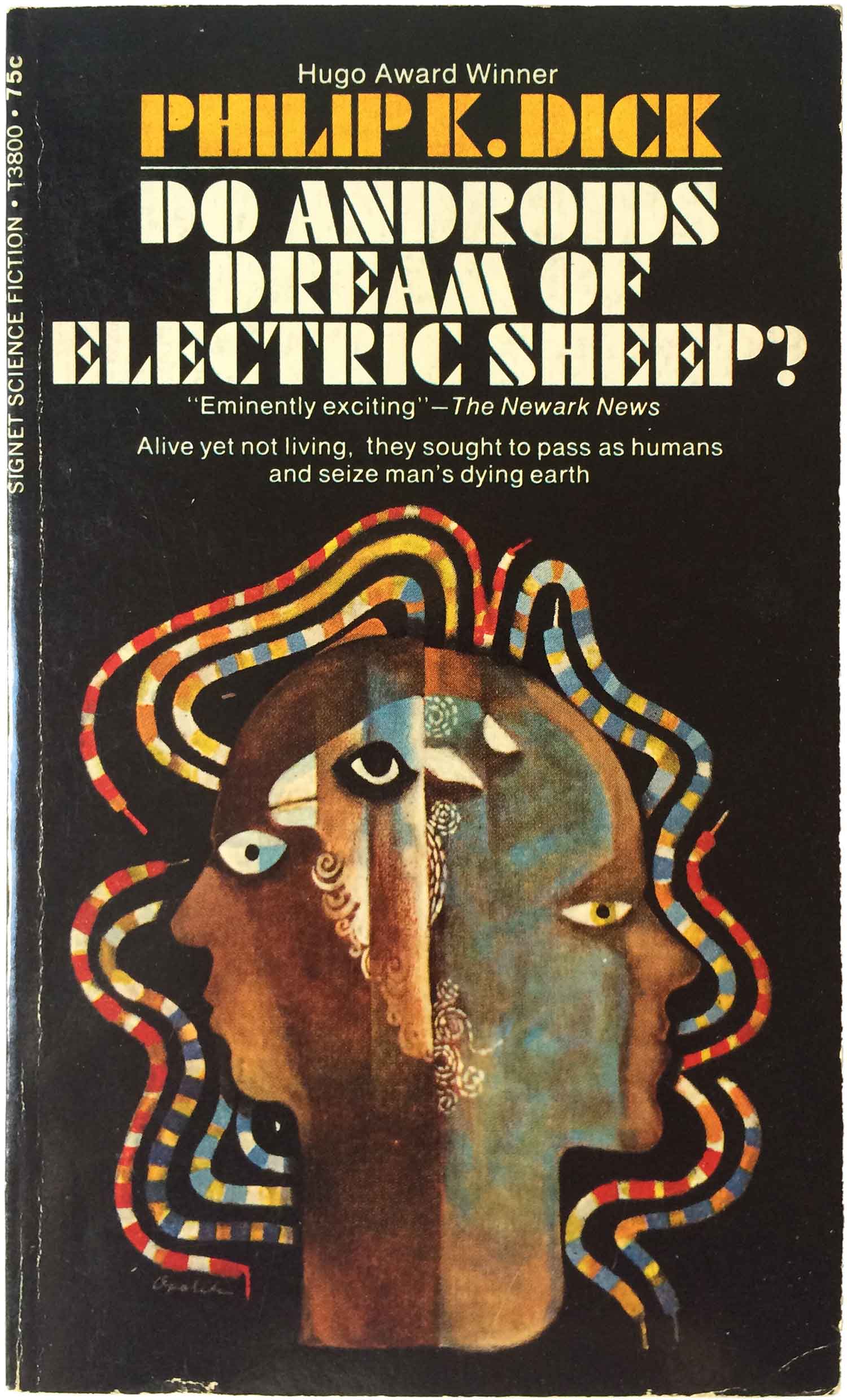
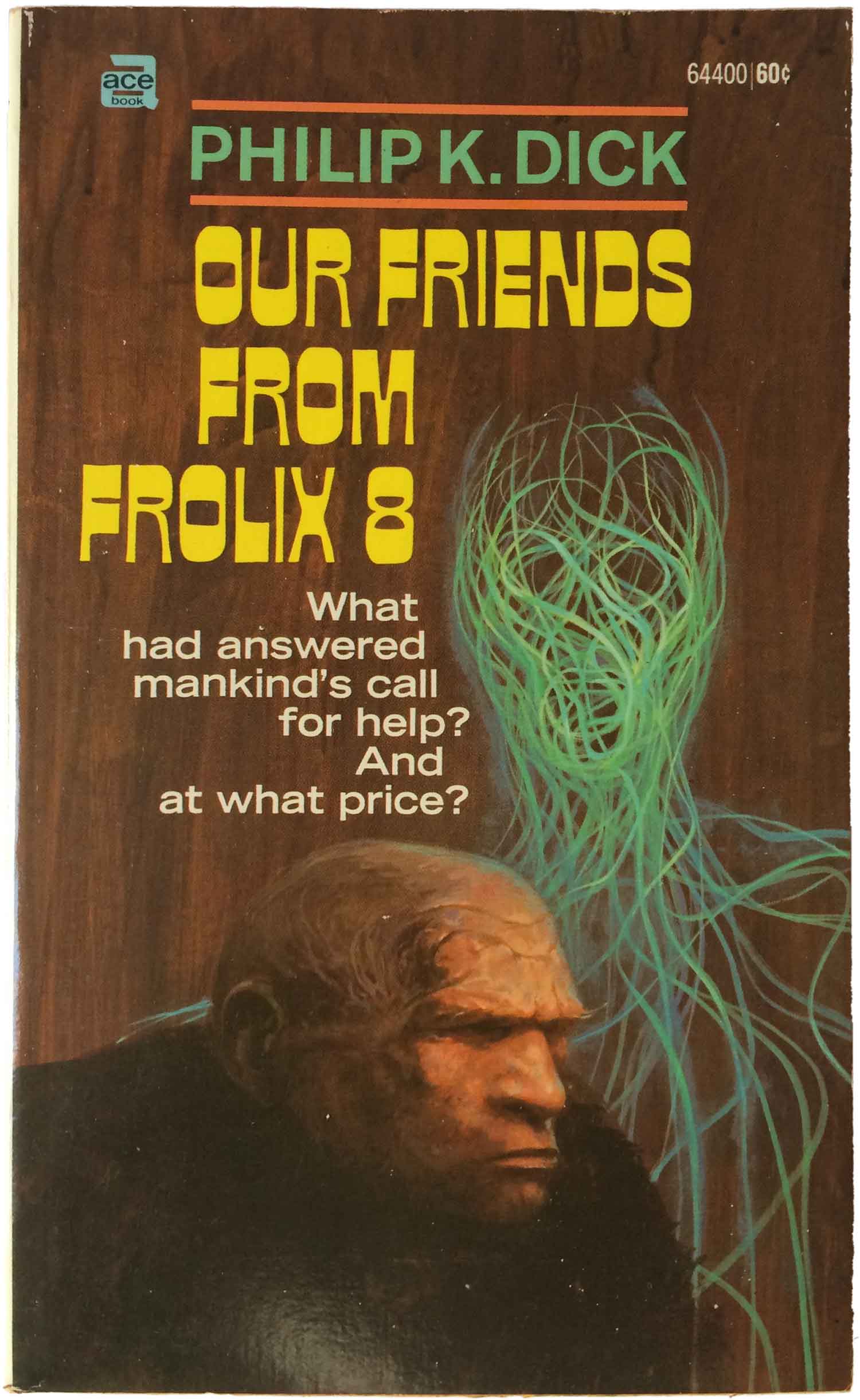

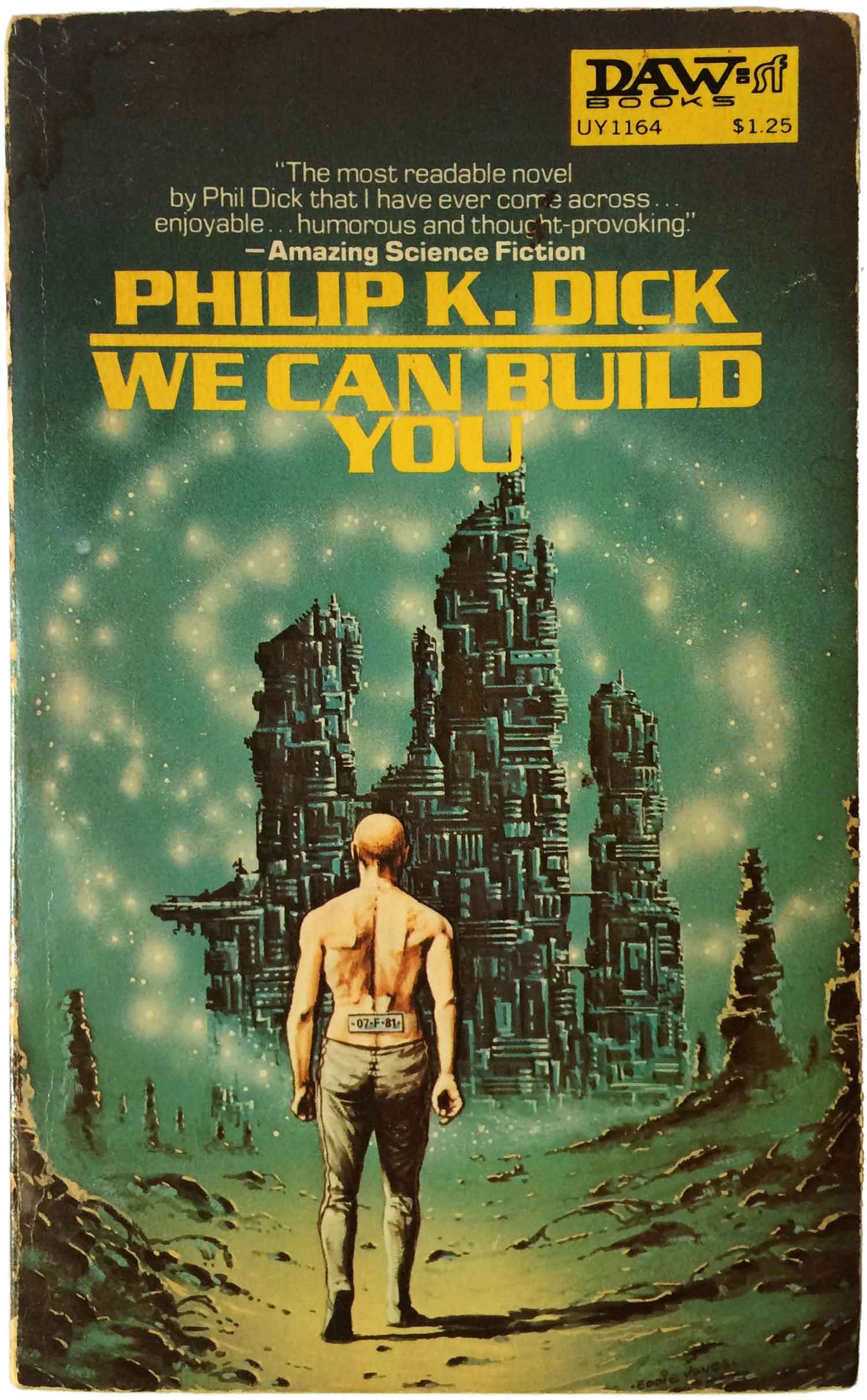
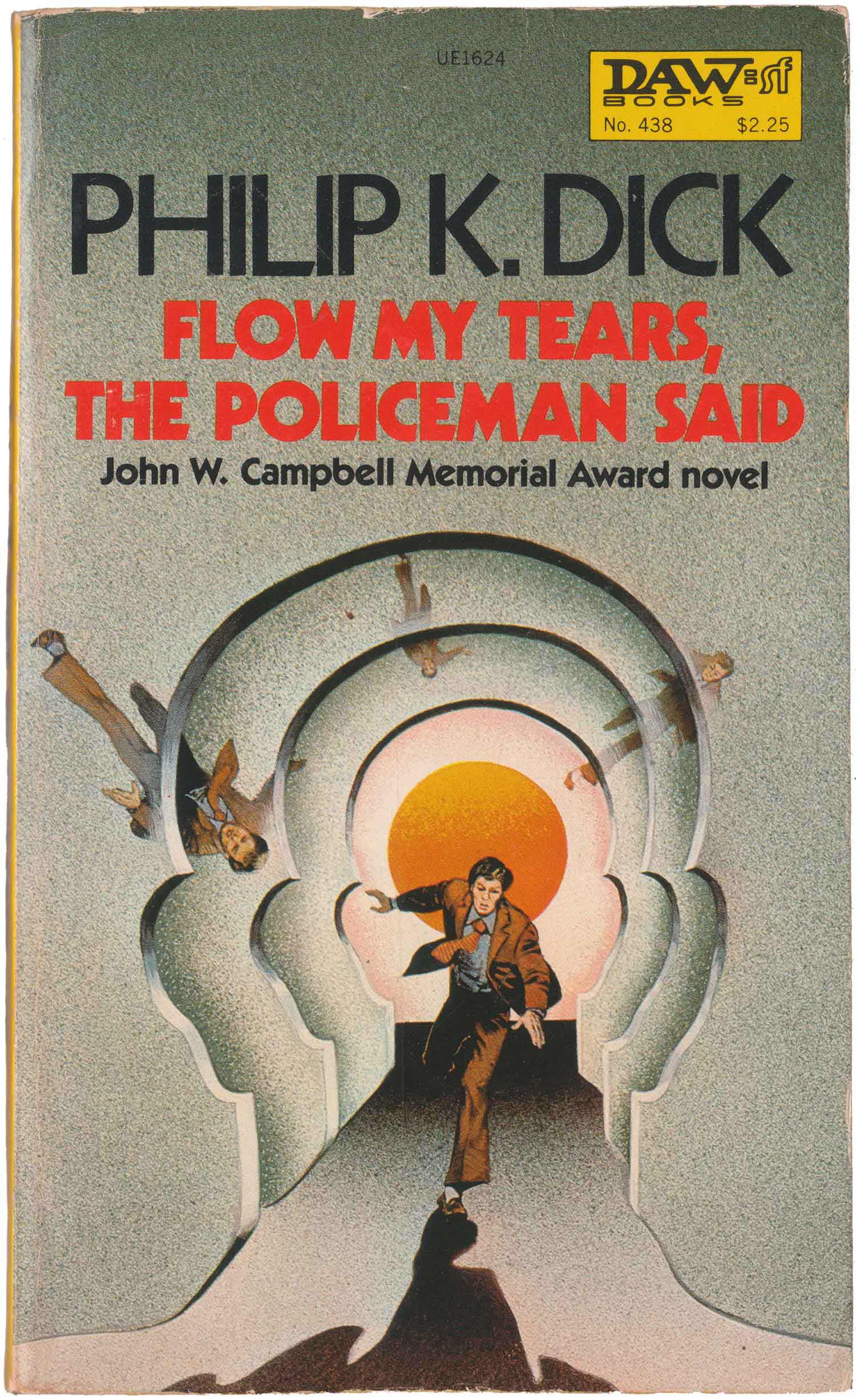

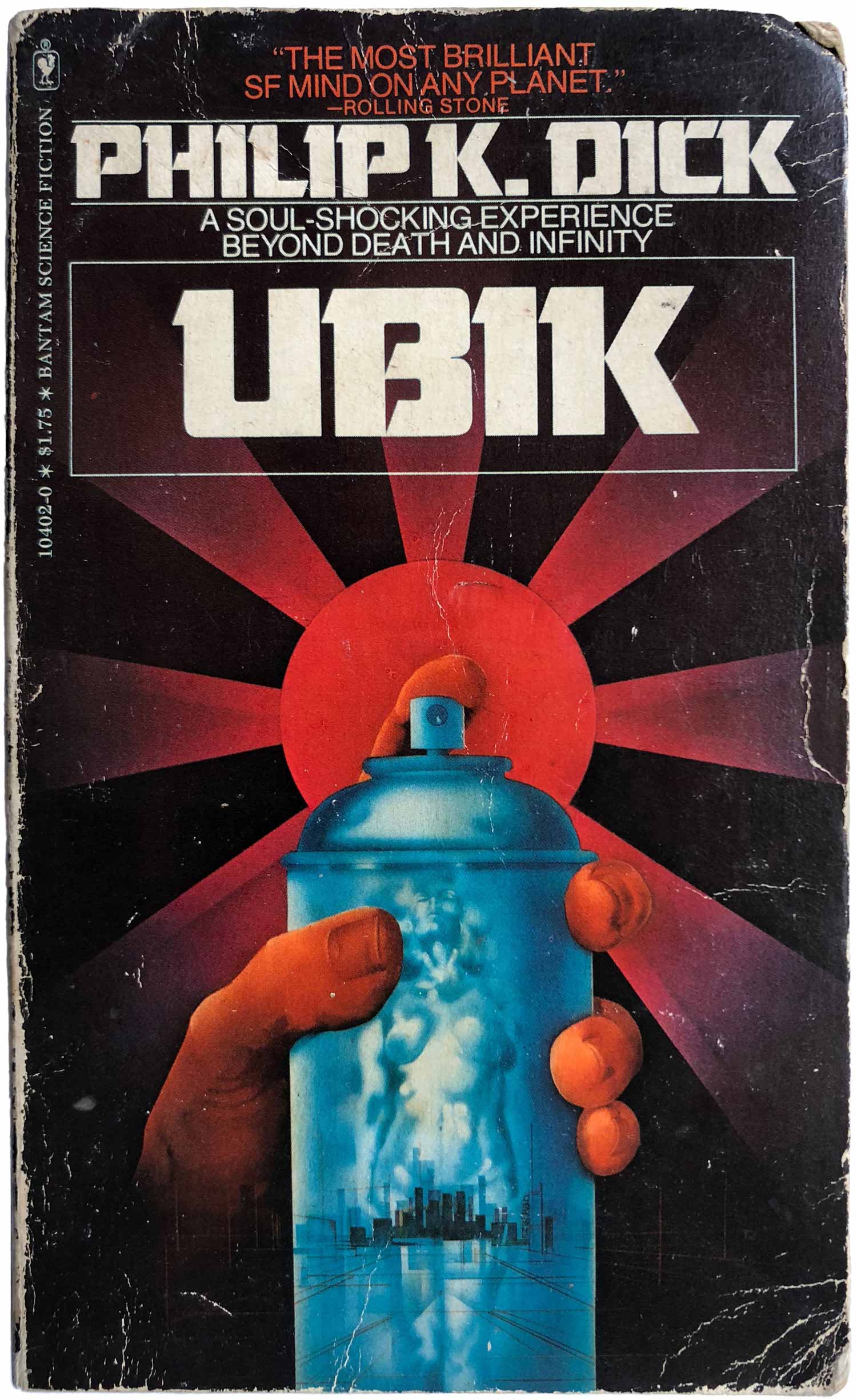
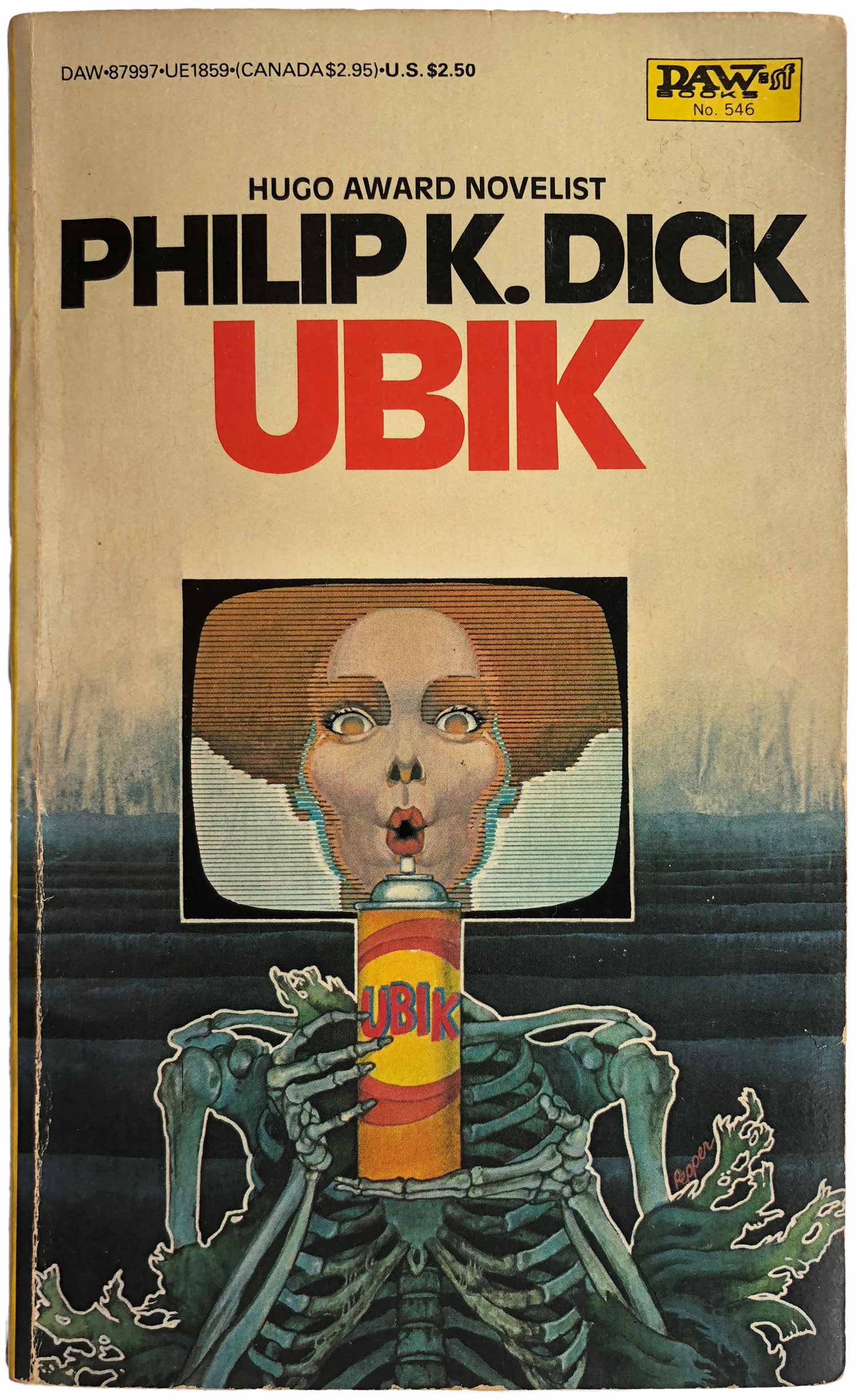

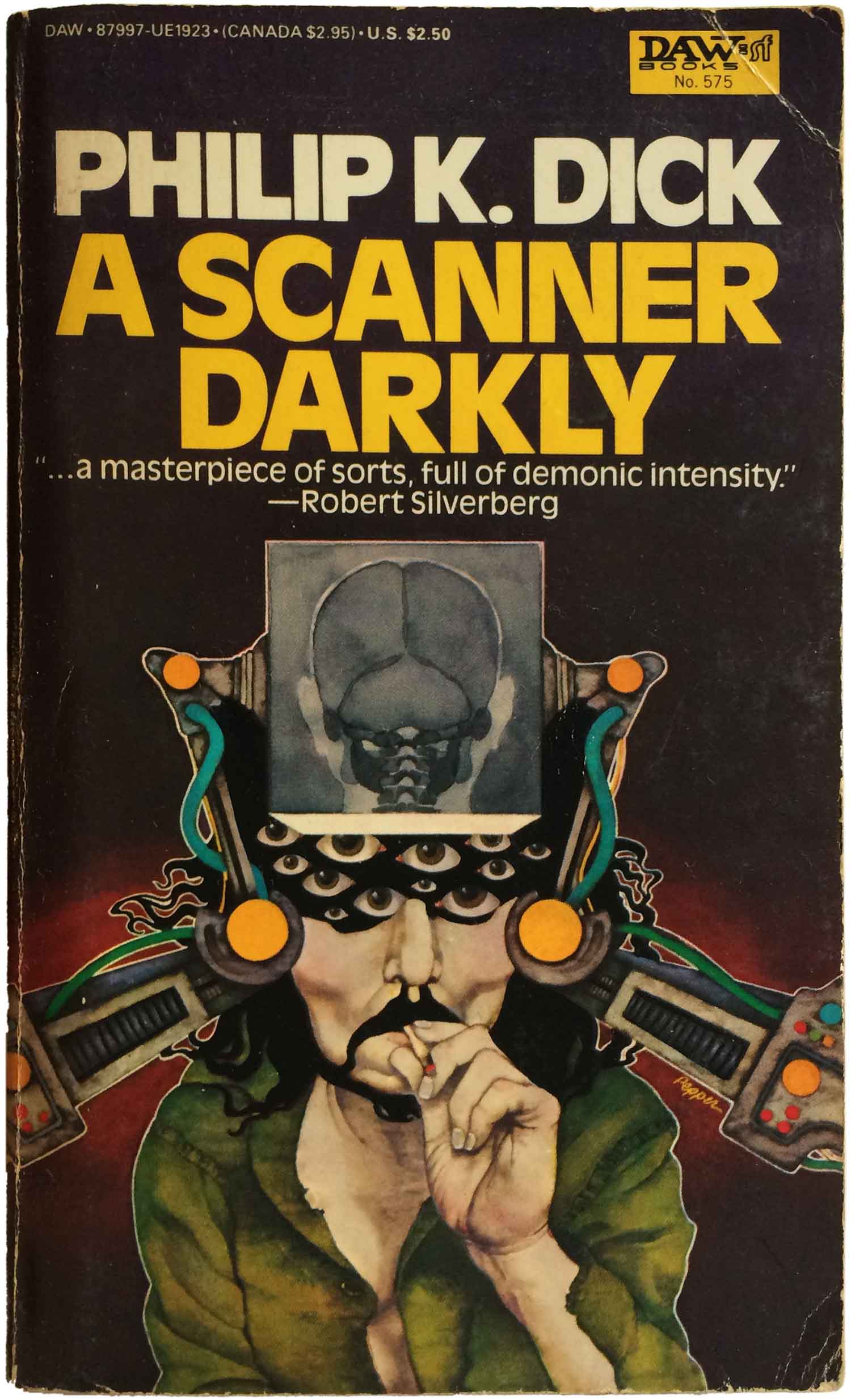

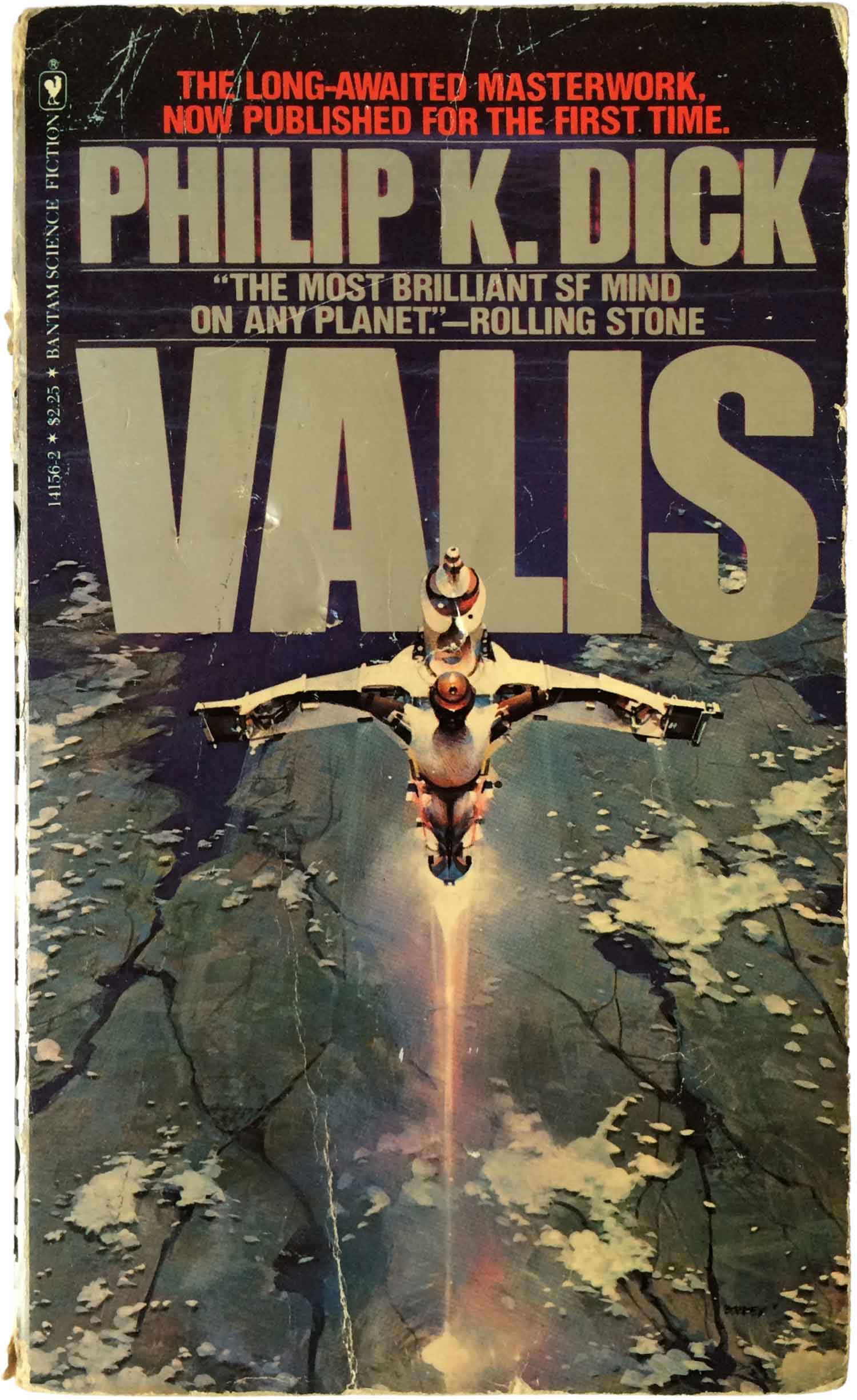
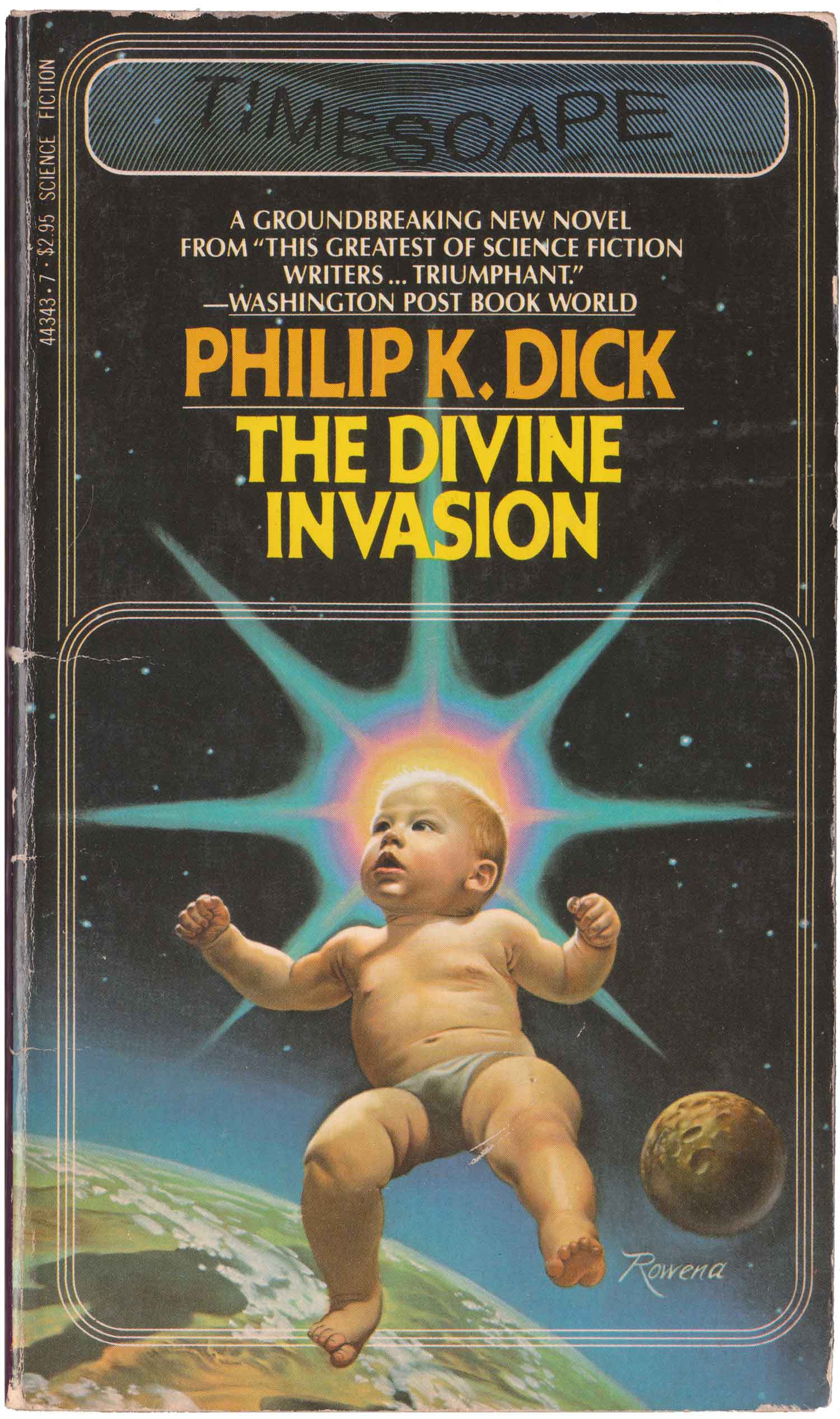

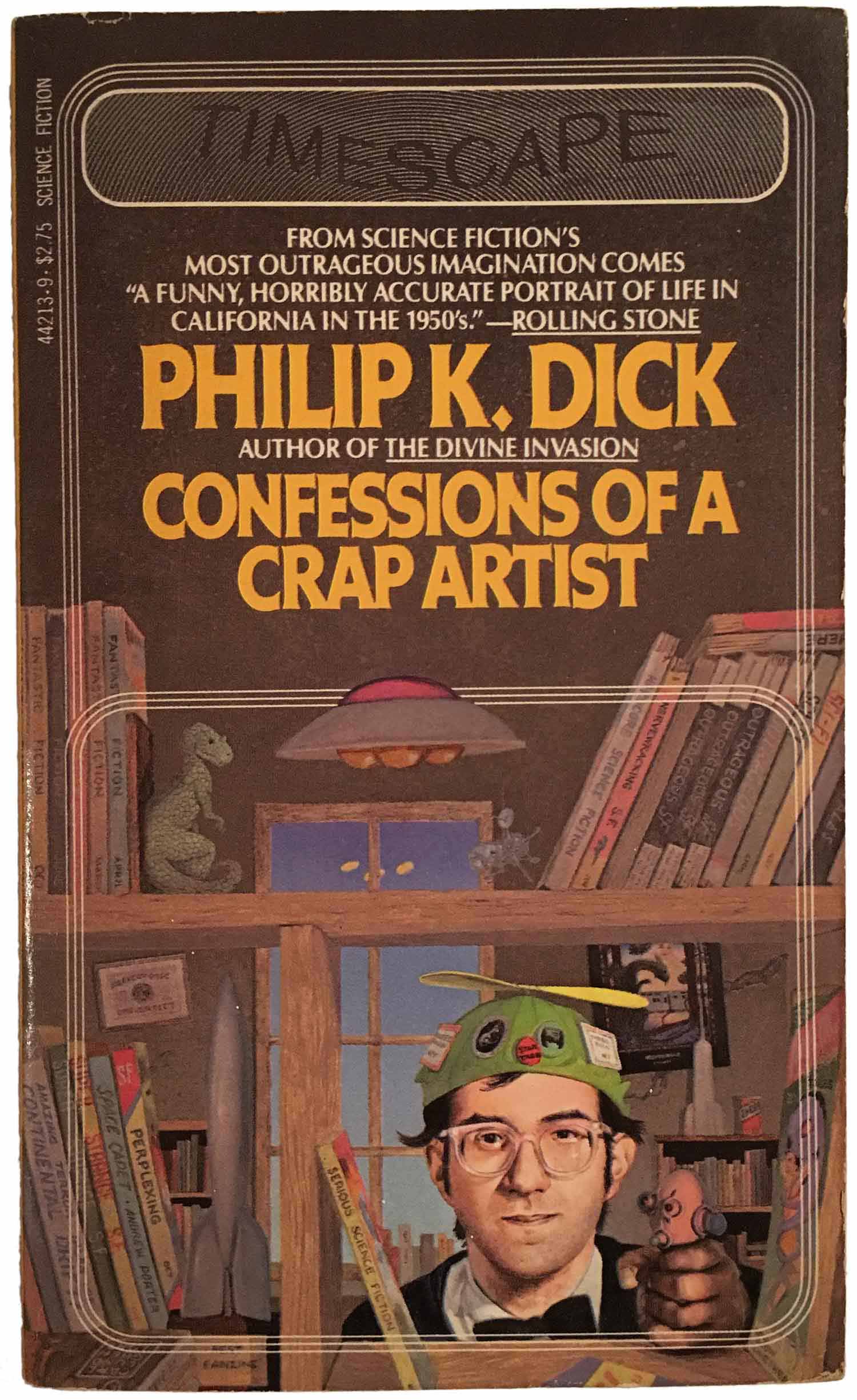
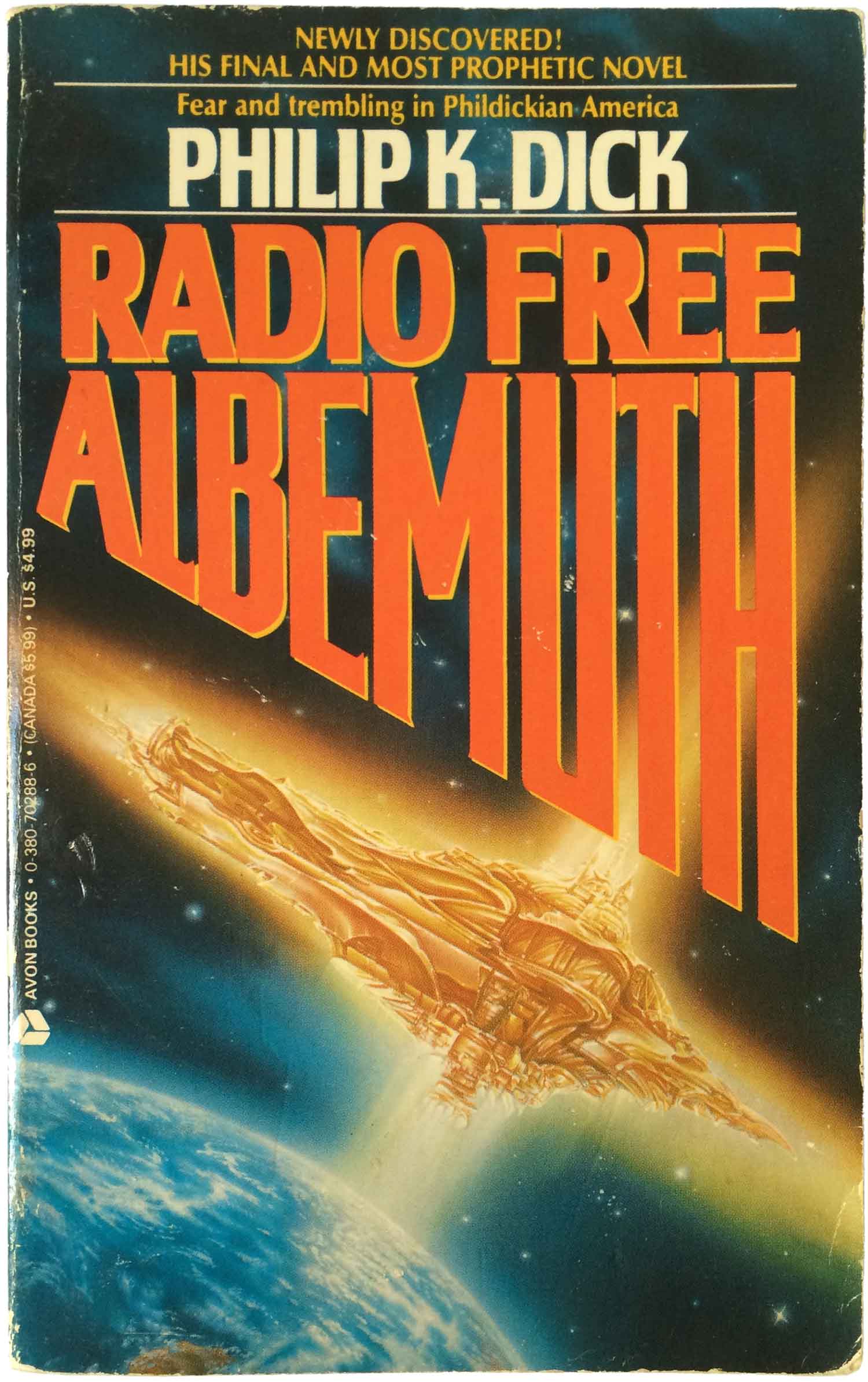

Bibliography:
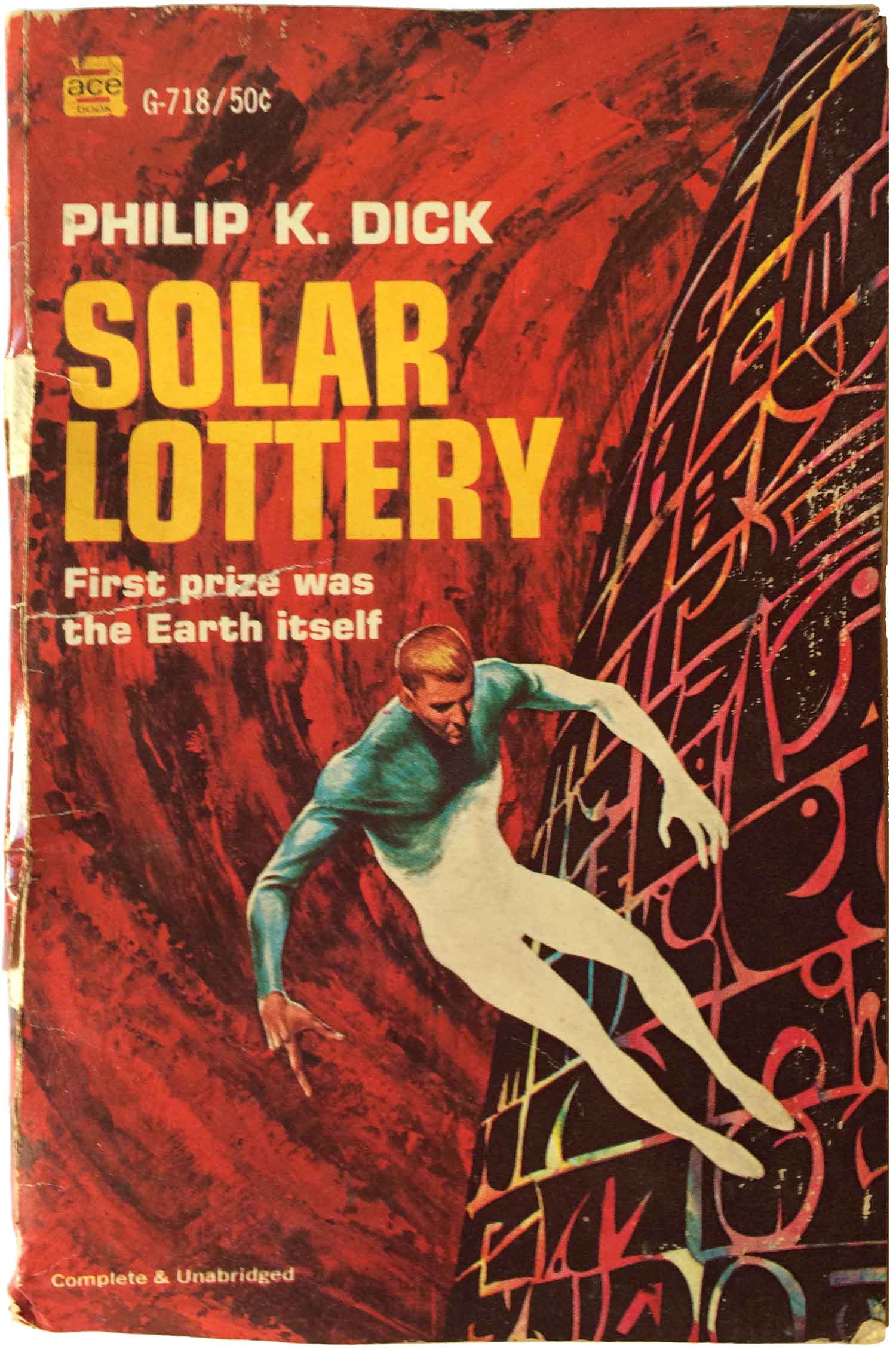








Hi there–
Wondering if most of these covers were done by one artist, or many? I would assume many artists, but I love the 70’s psychedelic theme.
Thanks,
Hi Cate. They’re done by many artists, and most of them are uncredited in the books. But if you look at the bibliography above, you will see that some of the artists names are listed.
I had the honor of meeting Philip K. Dick at World con, don’t remember the exact year, ( I’m 79) but I think 77 or 78.
He was standing against the wall in the huxters room, holding
a copy of my small press mag, The Diversifier, that’s what drew me to him. We talked for a half hour or so, then as we made to depart, I ask him if he would sing the hardback anthology that my first pro sale was in. He did with these words. “To C. C. Clingan, welcome to the field, may it treat you well. But the biggest thing I remember, he ask me to sign his copy of TD. One of my fondest memories, now that I’m ready to submit my book to publishers, as it contains 4 short stories, & over 100 pieces, poems, songs & what I call visual
Tales, including Testament of A Replicant, dedicated to Rutger Haier, who wrote the tears in the rain, what I feel is the best movie speach ever, with the end of Casablanca, Humphrey Bogart speach
at the end.